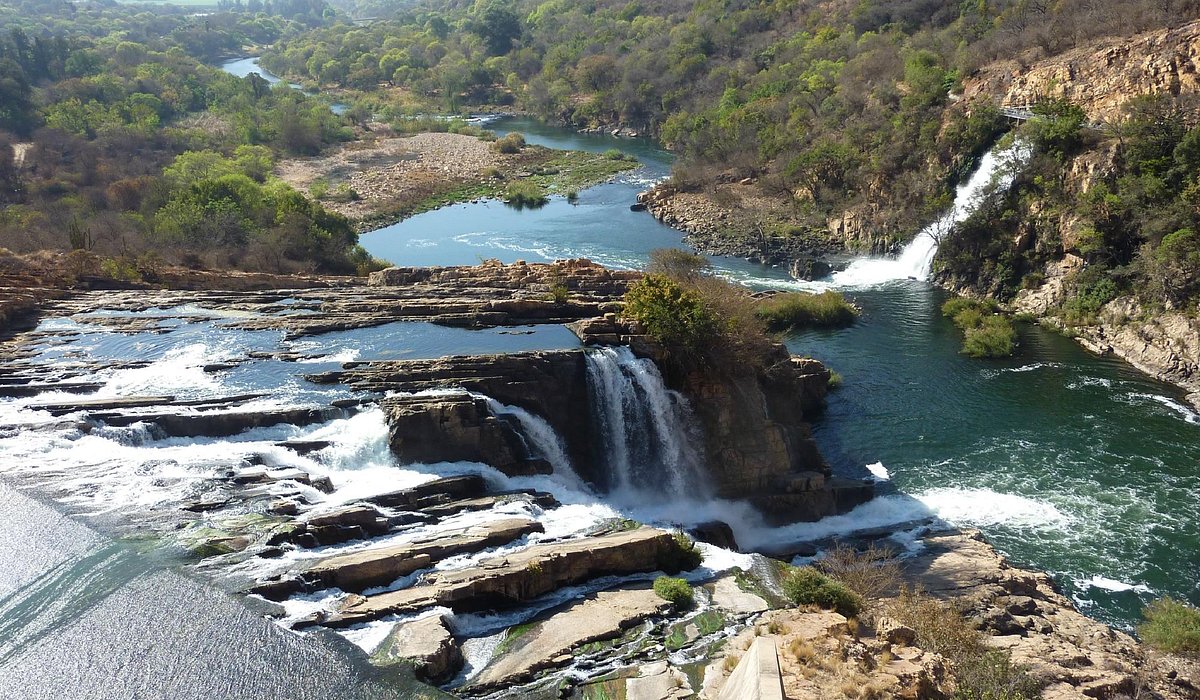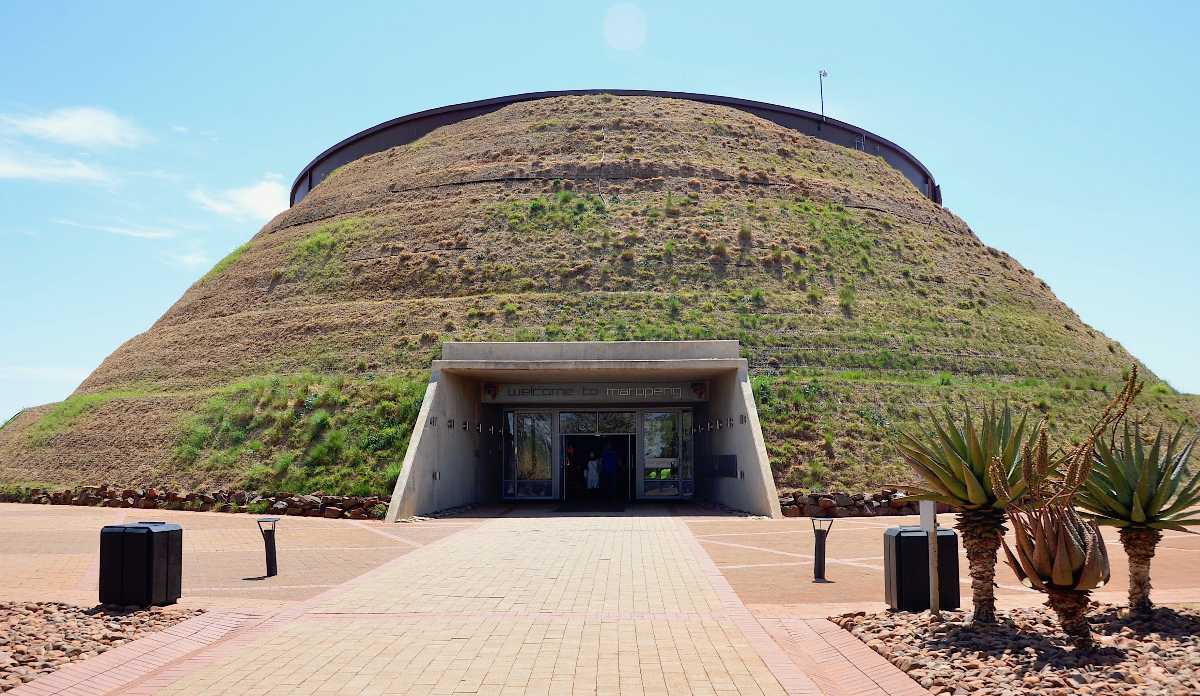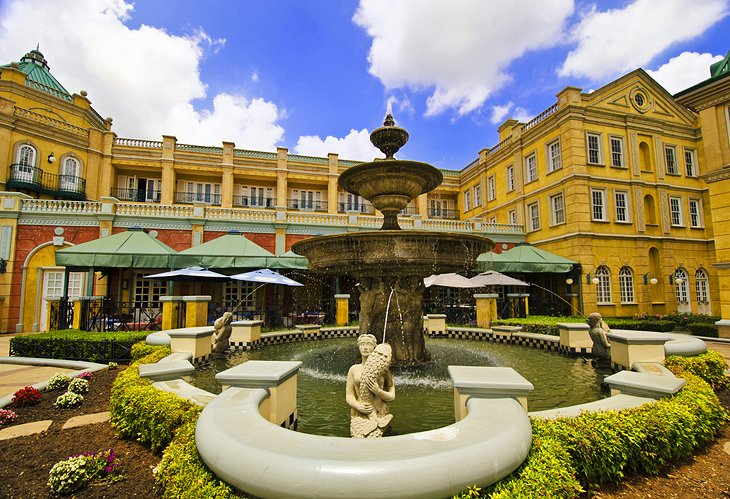6 Easy Facts About Johannesburg North Attractions Explained
6 Easy Facts About Johannesburg North Attractions Explained
Blog Article
How Johannesburg North Attractions can Save You Time, Stress, and Money.
Table of ContentsThe 10-Second Trick For Johannesburg North AttractionsJohannesburg North Attractions for Beginners10 Simple Techniques For Johannesburg North AttractionsThe smart Trick of Johannesburg North Attractions That Nobody is Talking AboutWhat Does Johannesburg North Attractions Do?Our Johannesburg North Attractions StatementsOur Johannesburg North Attractions Diaries
Nonetheless you ought to keep safety in mind and vacationers need to continue to be alert in all times when in strange environments. Speak to the citizens when you are in community to locate out about the location you are staying in. Johannesburg North attractions. When on the street (this does not relate to shopping center and various other protected environments) best basic advice is to attempt your finest to look like a local and to stay clear of presenting any type of form of riches
Some Ideas on Johannesburg North Attractions You Should Know
Professor Revil Mason O. J. (Thomson, 1946) explored the Witwatersrand's pre-colonial background. His historical work took off the 'em pty land' myth, according to which the area was devoid of human habitation before the arrival of European inhabitants. In his publications Prehistory of the Transvaal: A Document of Human Activity (1962) and Beginnings of Black People of Johannesburg and the Southern Western Central Transvaal AD 3501880 (1986 ), Teacher Mason demonstrated the level of social and financial growth in the area prior to Europeans set foot here.

A Biased View of Johannesburg North Attractions
In 1878, David Wardrop found gold in quartz blood vessels at Zwartkop, north of Krugersdorp. In 1881, Stephanus Minnaar came across gold on the ranch Kromdraai, near the Cradle of Humankind.
In March 1886, a protrusion (quickly to be called the Main Coral reef) was discovered, fairly luckily, on Gerhardus Oosthuizen's farm Langlaagte. Some claim that the Lancastrian coal miner George Walker found this coral reef. One more itinerant English miner, George Harrison (who had previously operated in Australian mines) acquired a prospecting permit in respect of Langlaagte in Might 1886.
He decided to go on in a pursuit for greener pastures, and disposed of his Langlaagte claim for the princely sum of 10. Alas: below lay the richest goldfield ever discovered. The discovery of this abundant auriferous coral reef provoked a gold rush that signalled the end of bucolic tranquillity in the southerly Transvaal.
It would, within six years, come to be the biggest community in southerly Africa. Within a decade, it would certainly make the Z. A. R. until then an anarchical and insolvent little state the richest nation in Africa. By the turn of the century, the Z. A. R. was to go beyond Russia, Australia and the United States of America to end up being the globe's leading gold producer, creating greater than a quarter of the world's gold.
7 Simple Techniques For Johannesburg North Attractions
It was called Ferreira's Camp, called after Colonel Ignatius Ferreira. He was a Boer traveler upon whom the British authorities had actually bestowed the condition of Friend of the A Lot Of Distinguished Order of St Michael and St George (qualifying him to the post-nominal letters C. M. G.) in gratefulness for his role in the battle that had actually deposed the Pedi king Sekhukhune in 1879.
Two other camps were developed: Meyer's Camp on the farm Doornfontein, and Paarl Camp. The latter was nicknamed Afrikander Camp; many people from the Cape Nest settled there.

The Single Strategy To Use For Johannesburg North Attractions
This name acquired money by word of mouth, such that the State Assistant attested the name to the Mining Commissioner on 9 October 1886. Stands in the village were auctioned on 8 December 1886. While some stands were marketed for 10, others were knocked down for just sixpence.
Two years later on, these erven were to transform hands for as much as 750 each. The tented camps dwindled as a dorp of corrugated iron buildings established and broadened north of the mines situated along the Main Coral Reef Road. Locations such as Jeppe's Community (where working-class immigrants erected their houses) and Doornfontein (where the upscale new 'Randlords' began to build their extravagant homes) were quickly contributed to the ever-expanding map of the town.
About Johannesburg North Attractions
Apart from the street names, there were no indicators of Johannesburg being situated in a Dutch-speaking country., virtually every person talked English and even the Federal government slaves addressed one in English, unless they were initial dealt with in the Taal (or Low Dutch)'.
Britain had an interest in making certain ideal conditions for gold manufacturing on the Witwatersrand, and that the gold was exported to London instead than Berlin a crucial rendered all the extra clamant by the Z. A. R.'s raising toenadering with Germany. Mine proprietors got on a clash with President Kruger, whose plan of monopolistic giving ins (commonly granted to his cronies) prevented mining companies from procuring supplies of materials (particularly dynamite) and labour on their very own, less expensive terms
Some Ideas on Johannesburg North Attractions You Need To Know
In 1890, the Volksraad had actually limited the franchise to white males who had actually stayed in the Z. A. R. for fourteen years or longer, hence invalidating the Read Full Article majority of the immigrants (that took place to be the significant factors to the fiscus). However, anxiety for the ballot was a plain pretense for promoting a various program; most uitlanders informative post concerned themselves as momentary site visitors and had no intent of remaining in the Z.
Report this page